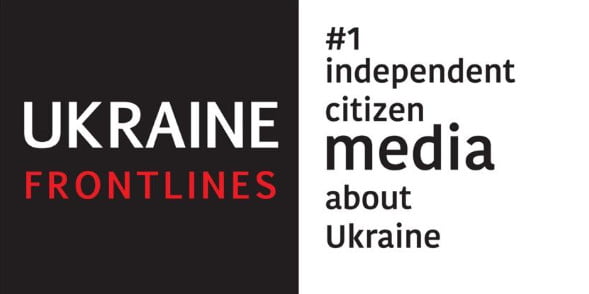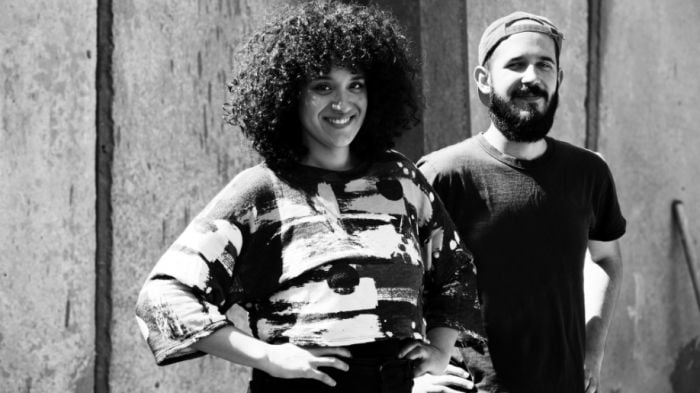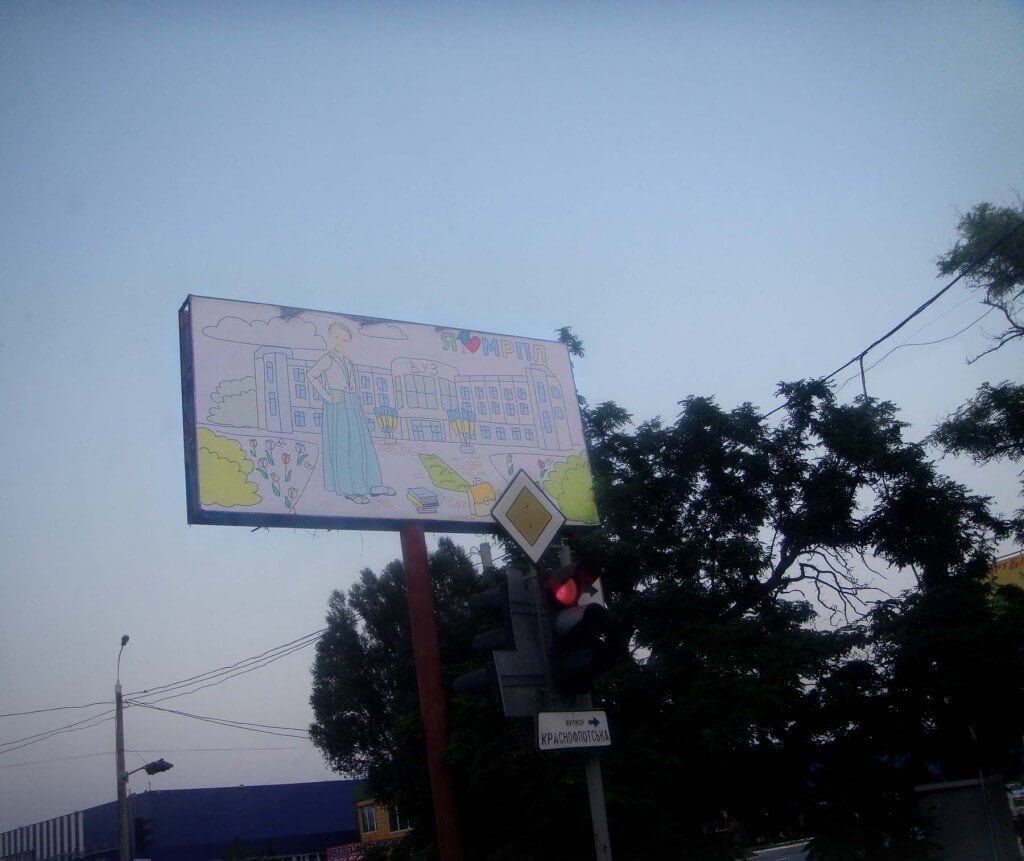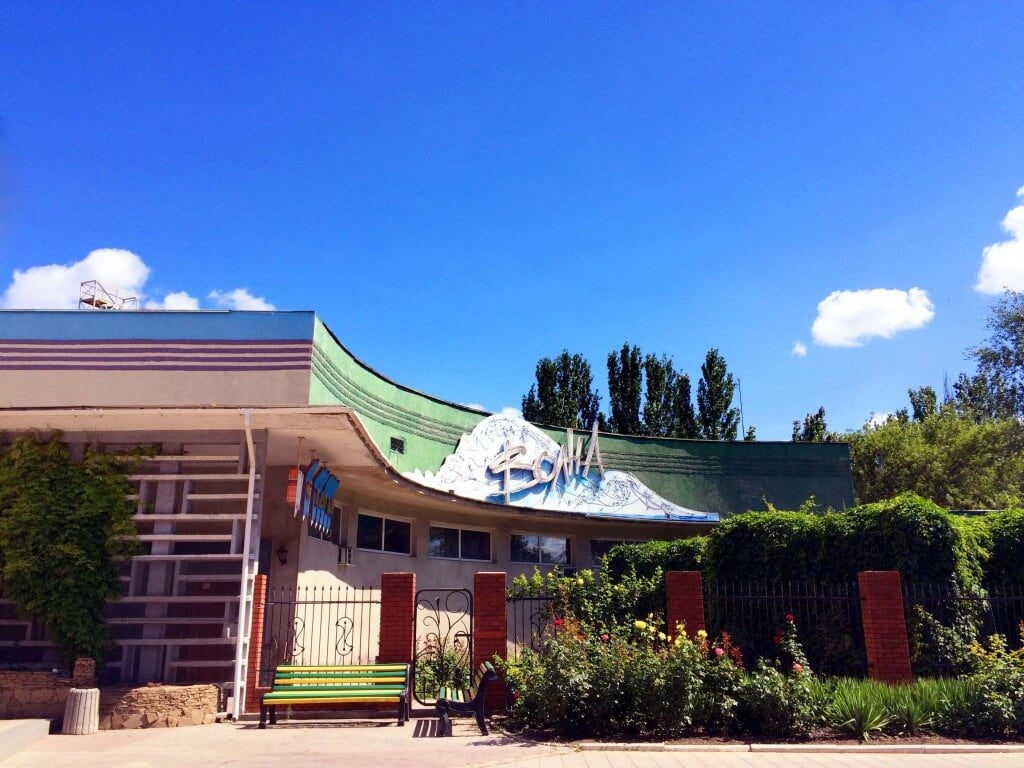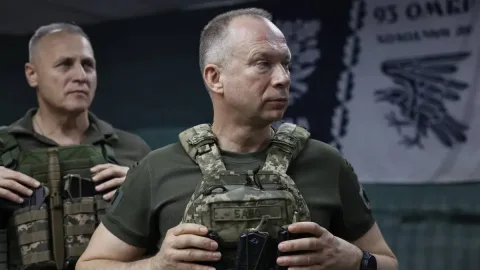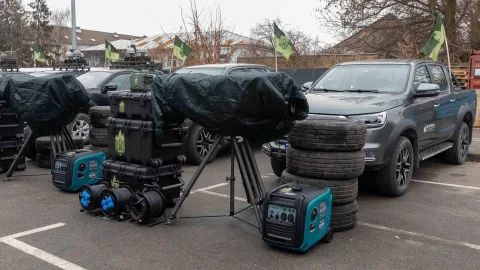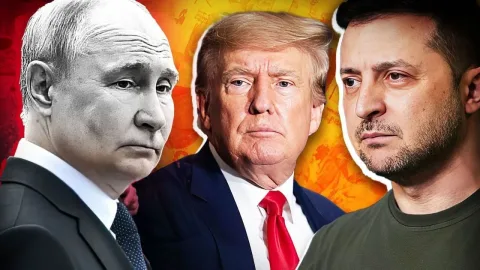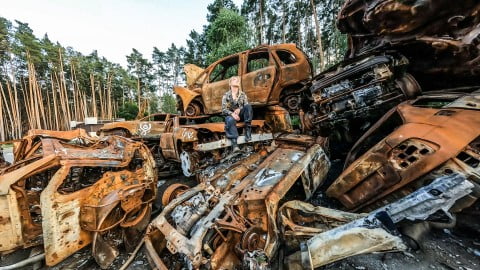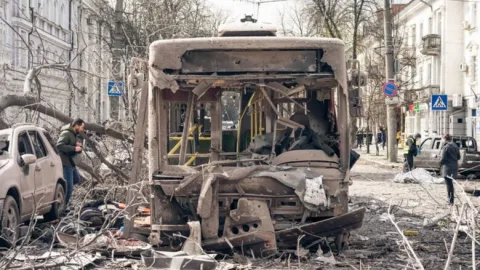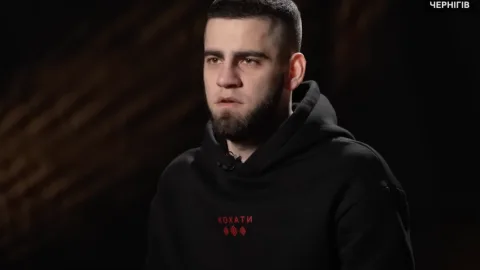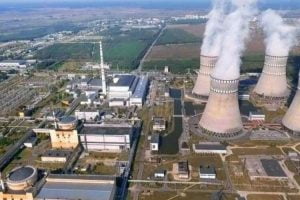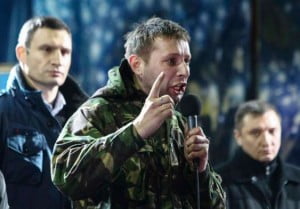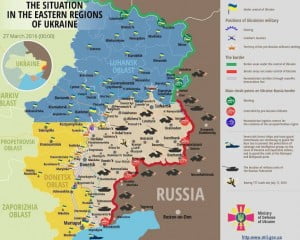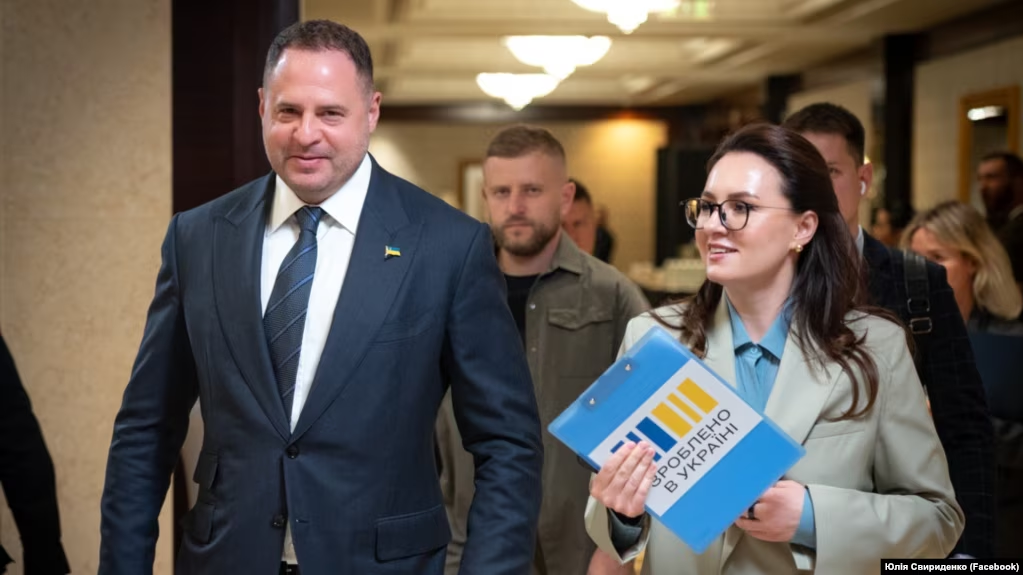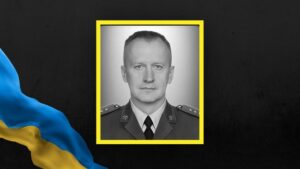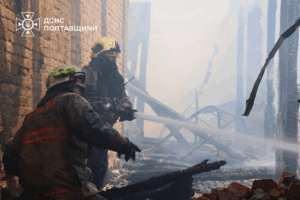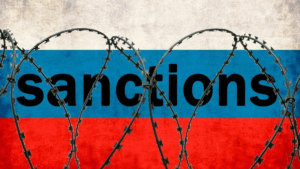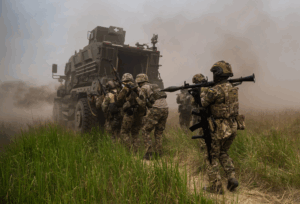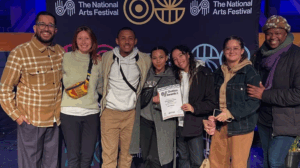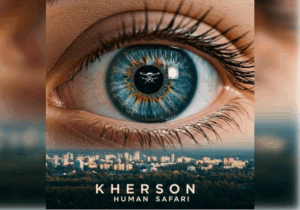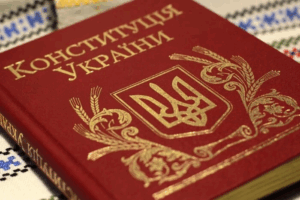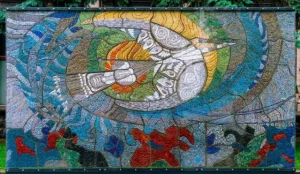[vc_row][vc_column][vc_column_text]
Danielle Rosales is a Paris-based graphic designer of German and Cuban origin. Together with her colleague Robin Coenen she is working over a project designed to change perception of Mariupol’s urban space by its residents.
Danielle’s and Robin’s artistic intervention is part of the “Architecture Ukraine” residency programme organized by Izolyatsia arts foundation. In course of the programme nine artistic teams that include both international and domestic artists explore Mariupol’s urban space over July and August. The artists whose professional focus varies from architecture and visual arts to sociology and anthropology are each to come up with suggestions on how to transform the city space. These ideas are to be showcased to the public in a final pop-up exhibition in Kyiv and Mariupol and can be later developed into broader projects by the artists.
Mariupol was not the organizer’s random choice. Izolyatsia is an artistic center set up in 2010 in the premises of a former insulation materials plant in Donetsk. It quickly established itself as one of the key artistic hubs in Eastern Europe with a clear international perspective. In June 2014 Russia-backed militants seized the premises of Izolyatsia in Donetsk. Militants use the premises as a training ground and a place where they hold their captive. Izolyatsia’s artistic collection has been vandalized and partly destroyed. Since last summer Izolyatsia has been working in exile. It has moved to Kyiv where it is currently located in a former industrial workshop in Podil district. Its “Architecture Ukraine” programme is set to improve the lives of people in the war-affected city of Mariupol. Many of the artists in residence are experienced in working in conflict affected environment.
EMPR talks to Danielle Rosales about the artistic intervention she and Robin Coenen are working over to make Mariupol a better place for its residents.
EMPR: Danielle, could you please tell our readers about yourself and about your project.
Danielle Rosales: My name is Danielle, I am from Germany. In this project I work together with Robin, he is also from Germany. We are both graphic designers. I also have a BA in sociology. We are both based in Paris we work as design researchers, we are mostly interested in visual representation within urban space, also in the complexity of cohabitation, dynamics and identity.
We came to Mariupol to analyze the visual language of the city, because we think that the visual language is a way of the city to express itself. We wanted to analyze the visual language and then find proposals. So our first trip was actually about doing this, just looking, taking pictures. After this we created a blog. Our first trip was for one week from 6 July. So, we went there, we took a lot of pictures, we visited the shipyard of “Azovsteel”, we went to the technical university, talked with architects and with the local people who came there. We tried to get as much as possible. We took pictures and just observed visually to get an impression of the city and then we created a blog where we categorized all our impressions. After this when we came back to Kyiv, we started to analyze, to research about the city, the demography of the city, the infrastructure of the city. We tried to find out the political dynamics. We also researched about Ukraine, and the geopolitical [situation – edit.].
On the first trip some people already started to talk. We did not engage too much into discussions, for us it is difficult because we don’t speak the language, we don’t know the culture, we just came there like “Hi there, Mariupol”. There are so many ways to get into this topic, our way was to understand the visual and then go to the next step. On the second trip to Mariupol we did engage to the people, we were talking to them, we started our first intervention. We had different interventions in mind and one we already did. We did this tear-off thing, something very characteristic, asking questions, very simple questions in Ukrainian, Russian and Greek. People could just write on it, or answer something or maybe even talk to us. We were handing them [tear-off questionnaires – edit.] in the city and already people were coming to us. Some of them were talking to us and answering some of the questions. This was actually when we really got our first real contact to people, when they started telling us something about their view, how they perceived it.
[/vc_column_text][vc_single_image image=”11063″ img_size=”large” alignment=””][vc_column_text]
EMPR: What were these questions?
Danielle: There were 80 questions. They were really simple and innocent. Our questions were like: “Do you think Mariupol is a beautiful city?”, “Do you like to stay in Mariupol or do you want to leave?”, “Do you think Mariupol is Europe?” – this is kind of a political question, it was also a little bit difficult. It kind of says what is your perspective on things.
We were taking pictures for three days to see if anything changes. People were writing on them [tear-off posts – edit.] and giving answers to these questions, and then another person came next day and answered to this answer. It was really interesting to see this.
[/vc_column_text][vc_single_image image=”11077″ img_size=”large” alignment=””][vc_column_text]
EMPR: If you were to describe Mariupol in a couple of phrases what would you say? What is Mariupol like?
Danielle: For me personally the impression changes with every trip. My first impression was like “Wow!”, I mean in the view of a graphic designer “This city has so much potential because it already uses really nice graphics without being conscious about it. As we were trying to find the voice of the city we see that it has a loud voice but it is not speaking loud. There is a potential but it’s not using it. On our second trip we were talking to people and we realized that they have no connection to the city. I mean, they say “Oh, yes, it’s a nice city”. But when we were asking them “What do you think is nice?” they were feeling something but not being conscious about it. We were hanging out in a park and few people said “Oh, Mariupol is a very green city”, and it is not. I mean Mariupol is a very industrial-based city, we cannot say it’s green. That’s the main thing that they are not really conscious about the power of the city.
[/vc_column_text][vc_single_image image=”11078″ img_size=”large” alignment=””][vc_column_text]
EMPR: Is Mariupol different from industrial cities of Germany?
Danielle: Oh no, it’s not. Actually that’s interesting. In the East side of Germany we have Ruhrgebiet [the Ruhr district – edit.] which has been a monocultural, a monobased industry for very long years. It was like an area of plants. The economy and also the culture in this area were influenced only by this industry. And when all of a sudden it broke the city or this area was kind of dead, lost. People were really depending on it, and there had to be a change. Within the last ten years or something this changed a little bit. Also there’s another city Wolfsburg, it’s the city where Volkswagen was founded and everything even now is depending on Volkswagen. And the city is struggling to get independence of the Volkswagen. We were working for an exhibition in Wolfsburg and when we came to Mariupol we were like “Oh my God, it’s actually the same”. Surely there are a lot of differences but the main problem is [common].
[/vc_column_text][vc_single_image image=”11081″ img_size=”large” alignment=””][vc_column_text]
EMPR: What are the ways to transform the industry-centered city into a people-centric city? Was it one of the directions that your project was to explore?
Danielle: First answering to the last question would be “yes”. Our first impression, it comes from our first opinion what we could do to give a balance to the industry-based, industry-defined city. This is our first impression, so we cannot say “ok, how we’re gonna do it and OK, people of Mariupol listen to what we are gonna say”. Our approach is like acupuncture, very small one just to see what is going to happen, doing a step and see if there is a reaction. Doing one step at a time. Our first step was the questions and we got a lot of answers. So we see that there’s a need maybe. So our next step hopefully is “Ok, what can we do more?”. May be is there is another narration, if you talk about Mariupol it’s not only the steel factory or the shipyard, maybe there is something different. Our first thing was for example to go to the beach to see what the beach is like. The western part of the beach is not a beautiful one but maybe there is the possibility to still bring this idea of the beach thing being very nice and maybe to change the narration of Mariupol itself. We’re very much in the beginning and we have to find out much more as we are outsiders to this culture, we have to get into the topic more and more.
EMPR: Did you see or feel the traces of war which is very close to Mariupol? In your opinion in what way does it affect the life of the city and its visual expression?
Danielle: It’s a very difficult question, because when we came to Mariupol, surely we’ve read some newspapers and news, we did know what was happening. So we came there with a certain perspective and a certain impression of the city. And my first impression was like: “Oh, wow. It is not so much affected by the war.” Because actually I expected it to be much worse. But now my second impression when I came I realized that it was actually very innocent because I expected much more. You can feel the energy. You can see soldiers and the army everywhere, it starts already by leaving the city as every time you have to go through the checkpoint, several checkpoints. This is something I can imagine has influence all the time, because it is not like “I just gonna go and visit my sister in Donetsk”. It is not as easy as this. One lady was telling us: “My only dream is to go and visit my family that lives in Donetsk.” That’s the thing, this is how it influences [the people – edit.]. Everybody knows somebody living in the conflict area or who had to go out of the area. Everybody is influenced. From the visual point of view it’s a little bit more hidden, especially for us that we cannot read what is said there. But on the billboards there are a lot of pictures of soldiers with Ukrainian symbol and children in their arms. This is a certain narration. Especially for German people this is something uncommon to see the Ukrainian flag everywhere. This was something that we said it’s a statement. It’s a statement to put the Ukrainian flag around the city or to paint things in blue-and-yellow. This is the point, the statement that you are giving in the time of conflict and especially for Mariupol.
EMPR: You said Mariupol has got a very strong visual language of its own, is it the language formed during the Soviet times or is it something different?
Danielle: You cannot neglect the Soviet time but it’s also different, sure. It is the language that you can recognize within all post-Soviet countries. I am half-Cuban so I also can say this. I also see the same in the streets of Havana. You can see a certain visual and you can relate it to the historic background. I personally think that this is not a bad thing to see. The bad thing is neglecting historical influence. You have to have a proper dialogue: what has happened and what is happening now. What’s interesting there are a lot of graphic designers you can see when you follow some blogs who come from Eastern European countries who are using the post-Soviet visual language but introducing something new, and this is what we mean. When you go to the beach [in Mariupol – edit.] you see the graphics on the beach like a shield saying what you should not be doing. It’s not Soviet, because this is new painting, they have trace of the Soviet time but it is something totally new. People are also doing it without being conscious about what they’re doing.
EMPR: Recently the laws on de-communization have been passed in Ukraine. They stipulate that Soviet symbols, say, on the buildings, need to be dismantled. There is an ongoing public debate, especially active in the artistic community on dismantling versus preserving cultural heritage. What is your opinion on that? How to balance de-communization with preservation of legacy?
Danielle: I did not hear about this debate. My first impression is the worst thing you can do is neglecting. It’s really the worst thing, because what comes out is without communicating about what happened there can be some influences or some developments that are just the opposite of what you want to do. If you neglect history, if you don’t communicate about history, it goes to the tiniest things and then the history or the things that you are trying to neglect are going to repeat. Because this is education you have to do.
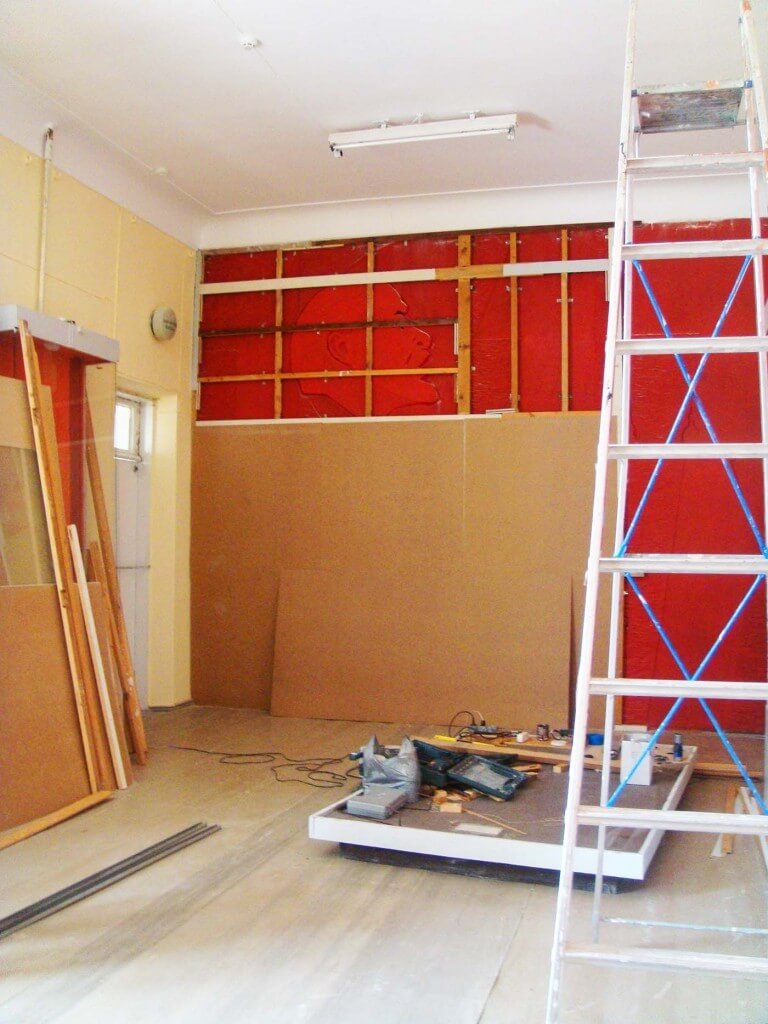
Bas-relief of Lenin in Mariupol’s Historic Museum. Photo from http://spatialcodes.org
EMPR: In you opinion should the Soviet symbols be left or dismantled?
Danielle: This needs to be part of education. You just cannot leave them there without saying anything. Also you cannot just put them down and be trying to say “Oh, it was never there”. In Germany there’s a school which has a very big sculpture of a horse in the middle of the courtyard, they bought this horse from one artist, years later the family of one of the students there accused the school because these sculptures were made for the Third Reich. And if the school just leaves the sculpture like this in the courtyard without educating students about what it is and in which context this sculpture was made than this is going to be a problem. If this is a monument you have to have a discussion about it.
EMPR: What are the research methods that you use in your project?
Danielle: All our interventions are based on one concept proposed by a German sociologist, it’s a relation through the space concept, it means that the space is defined by the actors acting in it. It is seen as a lot of layers and dynamics, which means the space is always very complex. It depends from which angle you were watching the space the narration about it changes. Our first intervention which was now was referring to displaying one angle from which we are viewing the space of Mariupol and this is just the questions that we put. We also went to the beach and gave the questions to the people and had a discussion. So this is kind of the first thing, this is kind of our first method to come to this complexity. And our next method is to start a workshop to integrate people in our work process, to have an exchange because right now it’s more like we ask and they answer, and if we make a newspaper and give them back, and now it’s like we want to work together with these people. We have one (local) artist for sure who is interested in participating. We are still looking for local artists maybe even artist from Kyiv.
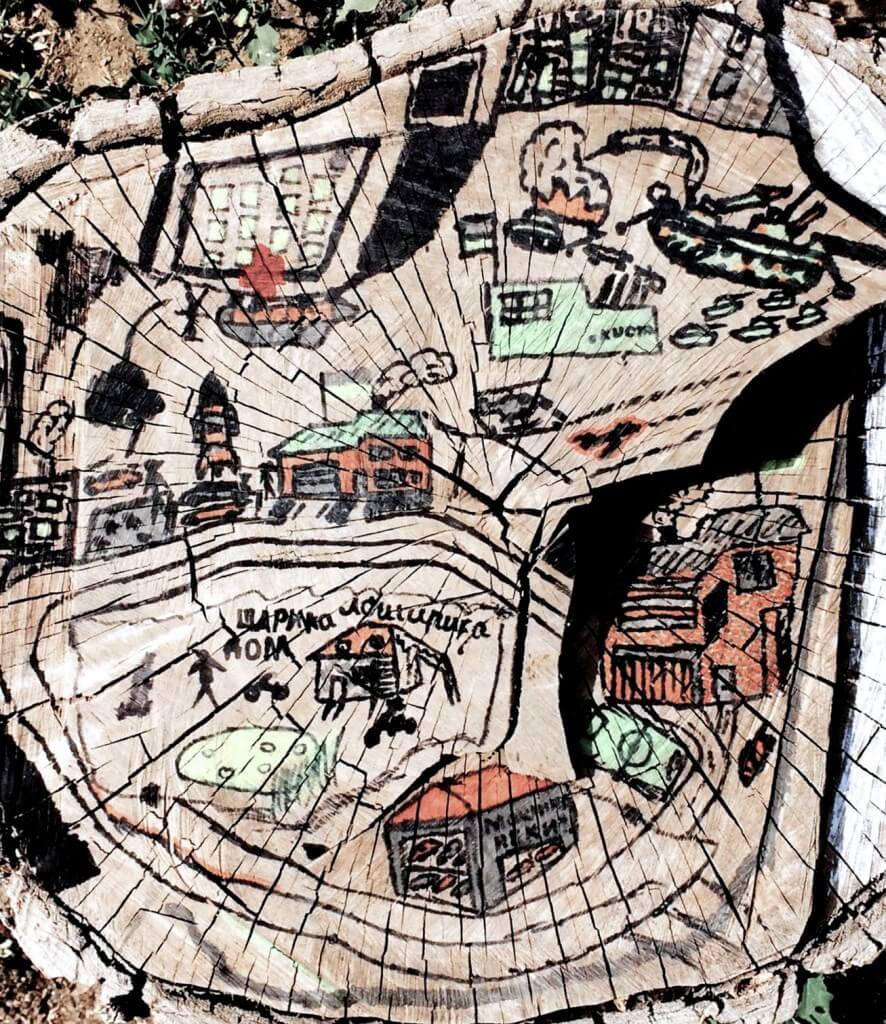
Mental-map of my city on a stump spotted on the east side of Mariupol. Photo from http://spatialcodes.org
So our second intervention is more focusing on the beach and how we can bring beach more to the city. We are going to map each experience of local people, how they experience the beach and the city, and the communication between them. Mapping will be part of this second intervention and will take place there [in Mariupol – edit.]. Mental mapping is like everybody has a different narration, everybody has a different view and lives in his own world. We have just one mental map which is our perspective and then we hope to have several mental maps from the people living there or coming there.
EMPR
Pop-up exhibition wrapping up the “Architecture Ukraine” residency programme opens in Izolyatsia’s premises in Kyiv on 28 August and will then travel to Mariupol. Details.
[/vc_column_text][/vc_column][/vc_row]
Tags: donetsk oblast